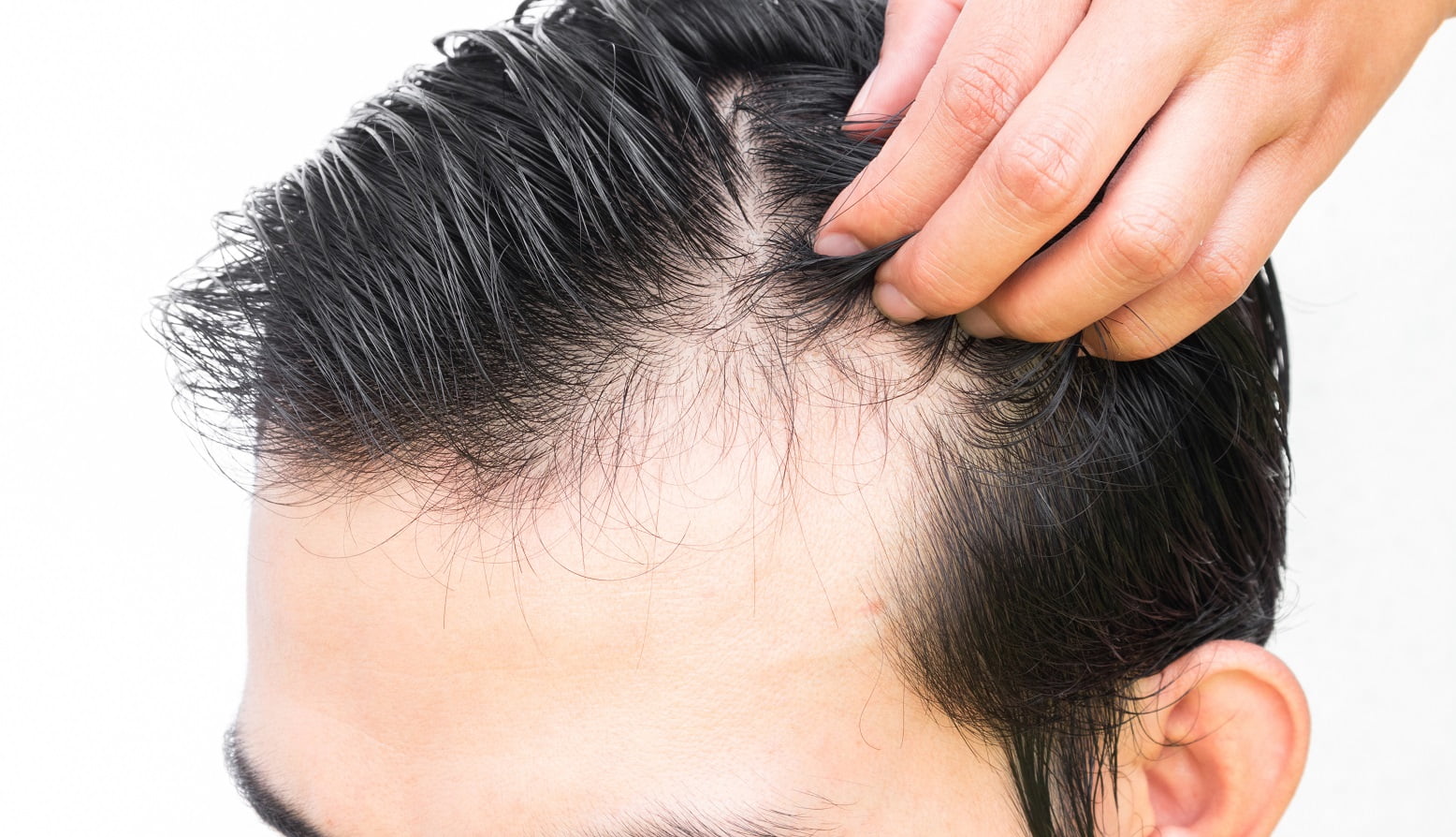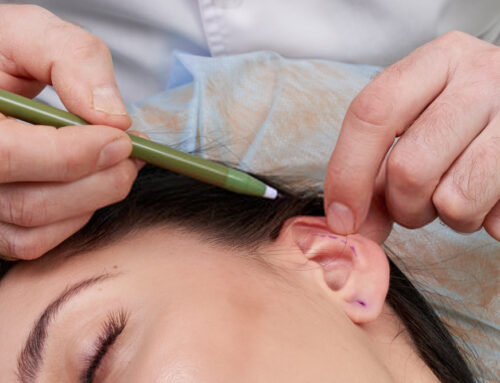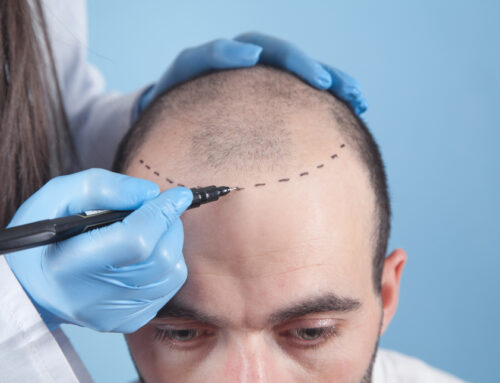Hair transplant Repair Turkey
Hair transplant repair offers hope each year to many. They seek to regain youthful hair through transplant procedures. Sadly, not all attempts are successful. Many reasons can cause a transplant to fail. This leaves patients feeling upset and distressed. However, there’s no need to despair. Hair transplant repair is here to help. It offers a second chance to fix past failures and achieve the desired look.
Prices
The repair hair transplant costs 2000 euro in 2023. It can be pricier than standard methods due to extra labor. This is the rate in Turkey, where the process is simple. The price includes services like accommodation, welcome, and shampoo.
Ideal candidates
Ever seen a garden where some plants simply refuse to grow, no matter how much you water them? That’s somewhat similar to why some folks need a hair transplant repair. Some common reasons are:
- Poor growth after the initial transplant.
- Scarring from previous surgery.
- An unnatural appearance of transplanted hair.
Correcting a Wrong Hair Transplant in Turkey
Fixing a failed hair transplant is tricky but doable with a skilled surgeon. Here are several methods they might use:
- Adding more hair follicles: If the first transplant wasn’t dense enough, more hair follicles can be added for a natural look.
- Adjusting the hairline: A too high or unnatural hairline can be lowered or reshaped for a better outcome.
- Scar Revision: Visible scars can be improved with techniques like Scalp MicroPigmentation (SMP) or by planting hair around the scar to hide it.
- Removing bad grafts: If grafts were placed wrongly, they can be removed and re-implanted correctly using FUE.
- Medications: Drugs like minoxidil or finasteride can sometimes enhance hair growth and the transplant result.

Additional
Here’s the exciting part.
- More Transplants: Don’t give up. Sometimes, more rounds of hair transplants can fill in gaps and boost density.
- Scar Revision: Got scars from a past transplant? This method can greatly lessen their appearance.
- Follicular Unit Extraction (FUE): Think of this as the premium service in hair transplant repair. It moves individual hair follicles to needed areas, giving a natural look.
Repairing Scarring
Fixing a bad hair transplant and lessening scars demands a skilled approach. Here are some possible solutions:
- Fixing Grafts: Incorrectly placed grafts can be removed and repositioned rightly using FUE, without extra damage.
- Adding Density: If the first attempt was patchy, adding more follicles can make it look natural, depending on individual needs.
- Hairline Redesign: A seasoned surgeon can alter a bad hairline to match the person’s facial features.
- Scar Revision: Multiple techniques, including SMP, can decrease scar visibility or camouflage them with tattoo-like follicle illusions.
- Medications: Topical or oral treatments like minoxidil or finasteride might be suggested to encourage hair growth and maintain scalp health.
RELATED: Synthetic Hair Transplant
Procedure
Hair transplant repairs are needed when the initial surgery goes awry, causing unnatural results or complications. This can range from fixing an improperly done hairline to treating severe scarring.
- Need for Repair: Sometimes, transplants can lead to odd-looking hairlines, evident scars, or uneven hair density. At times, they fail due to inadequate aftercare or the body rejecting new hair follicles.
- Methods: Various methods like Follicular Unit Extraction (FUE), Follicular Unit Transplantation (FUT), or Scalp MicroPigmentation (SMP) can be employed. They help in adding new hair follicles, enhancing the existing ones, or hiding scars.
- FUE: A process that shifts individual hair follicles from a donor site to the affected area, causing lesser scars than other methods.
- FUT: A method involving the removal of a scalp strip from the donor site, which is then segmented into units for transplant, possibly leaving a linear scar.
- SMP: A medical-grade tattooing process, creating an illusion of denser hair or masking scars from earlier surgeries.
- Risks: Like all surgeries, this too has risks like infection, bleeding, numbness in treated scalp areas, scalp swelling, itching, folliculitis, shock loss, unexpected hair “shedding”, or bizarre-looking hair clusters.
- Post-Surgery Care: Following the surgery, adhering to the aftercare guidelines is crucial for a positive outcome, involving avoiding certain activities and sun exposure, along with using prescribed meds and shampoos.
- Expert Advice: In case of dissatisfaction or complications post a hair transplant, consulting a repair specialist is vital for assessing your condition and suggesting the best way forward.
Results
Embarking on a hair transplant repair journey isn’t as simple as hopping onto a bus. It requires a strategic roadmap to ensure you reach your desired destination.
- Step 1: Consultation : Remember that old saying, “two heads are better than one”? A professional consultation will provide you a personalized plan based on your specific needs.
- Step 2: Choosing the Right Procedure : It’s not about picking the most popular choice; it’s about finding the best fit. Your chosen professional can guide you through the options and recommend the one that suits you best.
- Step 3: Post-Procedure Care : When the procedure’s over, your journey isn’t. Proper post-procedure care is paramount to ensuring the success of your hair transplant repair.
RELATED: Main Hair Transplantation Studies
Can You Reverse a Hair Transplant?
Have you ever made a decision and later wished you had a magic wand to reverse it? If you’ve had a hair transplant and now you’re regretting it, you might be asking yourself this question. So, can a hair transplant be reversed? Let’s dive into the facts.
The Short Answer
The short answer is, unfortunately, no. Hair transplant is a permanent procedure. During a hair transplant, hair follicles are relocated from one part of your scalp to the area experiencing hair loss. Once these follicles have been transplanted, there’s no turning back.
Why Hair Transplants are Permanent
You may be wondering, “why is it so final?” Here’s the science behind it. Hair transplantation involves the grafting of hair follicles into the scalp’s tiny incisions. These follicles, once grafted, develop a blood supply in their new location and start producing hair. This process makes reversing a hair transplant impossible.
A Possible Solution
While you can’t exactly “reverse” a hair transplant, there are repair options if you’re unhappy with the results. As discussed previously, hair transplant repair procedures such as additional transplants, scar revision, or Follicular Unit Extraction (FUE) can help improve the appearance and rectify previous transplant issues.
Preventing Hair Transplant Regret
Prevention is always better than cure, even when it comes to hair transplants. It’s crucial to do your homework before undergoing a hair transplant. Ensure you have a thorough consultation with a reputable hair restoration specialist, discuss your expectations, and understand the procedure fully to avoid any regret later.
FAQ
- Can hair transplant repair be performed on anyone?
- Not everyone is a suitable candidate. Factors like age, health status, hair density and texture play a significant role in determining eligibility.
- Is hair transplant repair painful?
- Most procedures involve local anesthesia, so you’re unlikely to experience pain during the surgery. Any post-surgery discomfort can typically be managed with over-the-counter painkillers.
- How soon will I see results after hair transplant repair?
- Results can take anywhere from 3 to 6 months to become noticeable, as transplanted hair follicles need time to grow.
- Will my insurance cover hair transplant repair?
- Generally, cosmetic procedures like hair transplant repair aren’t covered by insurance. However, always check with your provider for specifics.
- Are the results of hair transplant repair permanent?
- Yes, typically. Hair transplant repair aims to provide a permanent solution to previous hair transplant failures.
- What is the recovery period after hair transplant repair?
- The recovery period varies from person to person, but generally, patients can return to non-strenuous activities within a week.
For examples of hair transplantation and more detailed information about all our surgical operations, you can click on our address = https://www.instagram.com/ztyhealth/
If you need a hair transplant repair, remember, it’s not the end of the world. With the right guidance and a little patience, you can restore your hair’s natural look. So, don’t lose heart. Your journey towards restored hair and renewed confidence is just around the corner.





Leave A Comment